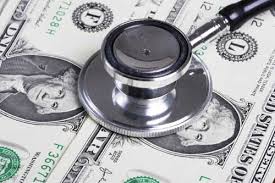 There is a lot of talk about healthcare cost reduction. In recent years, consumers have increasingly been encouraged by employers and insurers to help control rising health care costs by avoiding unnecessary tests, buying generic drugs and reducing visits to the emergency room, among other things. The hope is that a patient better educated and more engaged in health decisions will choose options that will promote better health and decrease costs.
There is a lot of talk about healthcare cost reduction. In recent years, consumers have increasingly been encouraged by employers and insurers to help control rising health care costs by avoiding unnecessary tests, buying generic drugs and reducing visits to the emergency room, among other things. The hope is that a patient better educated and more engaged in health decisions will choose options that will promote better health and decrease costs.
Such “patient engagement” efforts assume that patients welcome the opportunity – or at least are willing – to get more involved in their own care. But as a study… Continue reading


